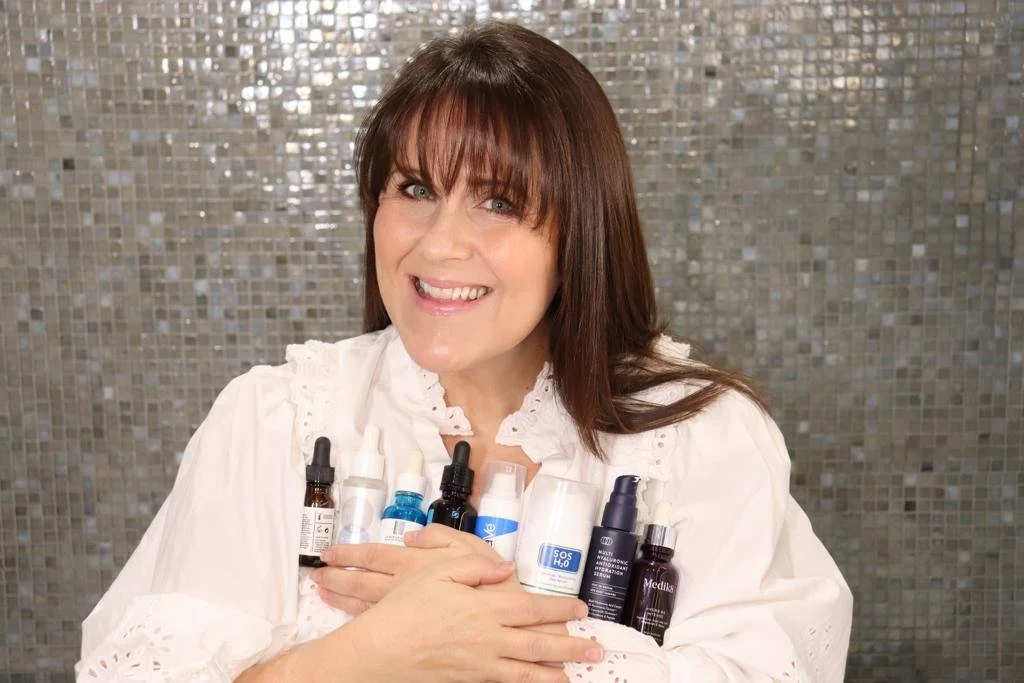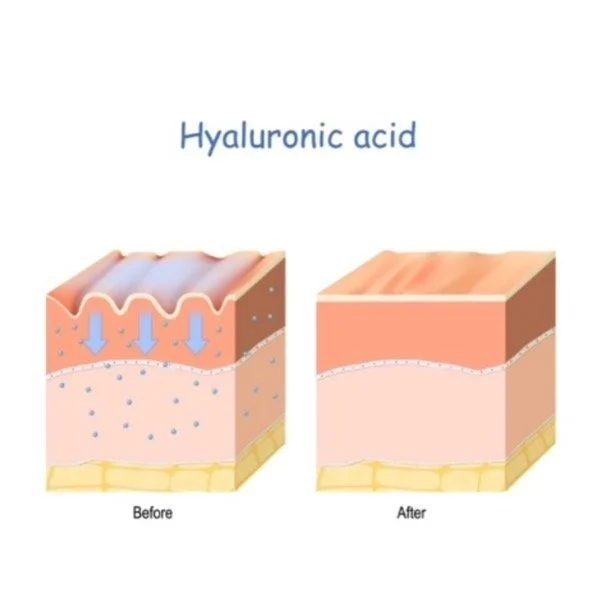How Do You Know If You Need Hyaluronic Acid?
Hyaluronic Acid is one of the most googled ingredients in skincare and it’s not surprising as it’s the only ingredient to be able to hold 1000 times its own weight in moisture, think popcorn kernels exploding in size and you’re not a million miles away from the effect Hyaluronic Acid has on your skin.
Do Any of These Sound Familiar?
Does your skin feel tight and taut?
Is your skin feeling rough to the touch?
Does your makeup go on unevenly making it appear patchy?
After hot baths and showers does your skin feels itchy?
Have you noticed your skin is starting to appear red in areas of the face?
Have you noticed your skin appears, ashy and grey?
Does your skin feel constantly thirsty and by lunch time the skin feels uncomfortable?
Is your skin easily irritated and feels warm to the touch?
These points are a sign that the skin needs moisturising and or hydrating!
Moisturising and hydrating are two of the most misused terms in the skincare industry, they are often thought to be the same thing but in reality, they aren’t. If you’re suffering with dehydration or dryness, it will really help to understand these terms, so you know what you’re shopping for and most importantly what your skin needs.
Moisturising Versus Hydrating, It’s Confusing
It’s not helped by the words being interchangeable and when you think of moisture, you automatically think of water and when you think hydration you also think of water. I think it’s best to think more about the skin and the structure to help you understand what your skin needs.
You have probably heard of ceramides, fatty acids and cholesterol, they make up the intercellular lipids in the skin, think of them as the cement in a brick wall, keeping the brick wall strong and preventing the bricks from falling over. When water tries to evaporate from the lowers layers of the skin it gets trapped and stopped by the intercellular lipids (cement). To learn more about your skin barrier and if you need to repair it check out my blog Skin Barrier 101 — Fiona Brackenbury.
The most important part about moisturising is where it’s working and what’s it doing. We need the skin to be able trap and seal moisture in the skin and moisturising ingredients will also give you the feeling that they are doing great things as they soften and smooth the skin’s texture. These will typically be in a format of a cream, oil or balm and will always be rich in fatty acids and sometimes will contain cholesterols and ceramides, but it’s not a given.
Hydrating is one of the easiest things to do for your skin but the hardest to make it last. Hydrating means drawing and pulling in water into the skin. You have probably realised where i was going with this if the skin isn’t strong, resilient and reinforced then water will evaporate easily from the skin and this is the part that I am hugely passionate about.
The Skin Benefits Of Moisture Magnet Hyaluronic Acid
Hyaluronic Acid is an amazing ingredient for the skin, drawing and pulling in water and has the ability to act like a super sponge, it is also naturally occurring in your skin. You can expect Hyaluronic Acid to work quickly and you will see a visible difference, a smoothing, firming and plumping result whilst leaving the skin dewy in appearance.
The Downfalls to Hyaluronic Acid
As I have mentioned its only one part of the jigsaw, getting water into the skin is the easy part keeping it there is the hardest and as we age the skin loses its ability to retain water. Hyaluronic Acid is a humectant which acts like a magnet attracting water from its surroundings into the skin. Here lies the challenge, its winter the central heating is on, the air is dry, there is no moisture in the atmosphere for the Hyaluronic Acid to pull on, so it resorts to pulling the moisture from the skin. If the skin is already dehydrated, where can it get the moisture to increase to 1000 times its own weight in moisture?
The Best Advice I Can Give You
If you about to start on using Hyaluronic Acid check your skin first, cleanse your skin and leave it for 30 mins with no skincare and ask yourself, does it feel tight? Or are you noticing halfway through the day your skin feels tight and your moisturisers feels like it’s disappeared. If you have answered yes to either of these questions then you need a humectant like Hyaluronic Acid but you also need to address the upper layers of the skin where your Ceramides, Cholesterol and Fatty Acids are.
Buy a Hyaluronic Acid which has multiple weights, it’s way easier than trying to understand your skin and which weight would be the most beneficial. Blog coming soon on the best Hyaluronic Acids to use.
Apply your Hyaluronic Acid after using a hydrating spray, the water and the humectants in the mist or spray can help drive and pull the Hyaluronic Acid into the skin along with the water content.
Apply your Hyaluronic Acid in the bathroom were its humid especially if you have run a bath or a shower, your skin will love the humidity and Hyaluronic Acid will love it even more.
When taking a bath, layer on a Hyaluronic Acid serum and mask and let your skin take full advantage of the humidity, be careful not to have the bath too hot that you end up perspiring.
Most importantly make sure you think about what your skin needs first, if the water is evaporating even the best Hyaluronic Acid want help.
The biggest take away is listen to your skin and understanding how it feels and this will help and guide you to make the right decisions for your skin and of course I am always here to help.
Thank You For Reading
I hope you have enjoyed this blog, please let me know if you need any help with your skin.
Stay tuned for more blogs and follow me on social media for latest launches and more skin school.
Bye for now,
Fiona x
Links may be affiliated links which means that if you make a purchase though one of our links we receive a small commission which helps support and run this website.





